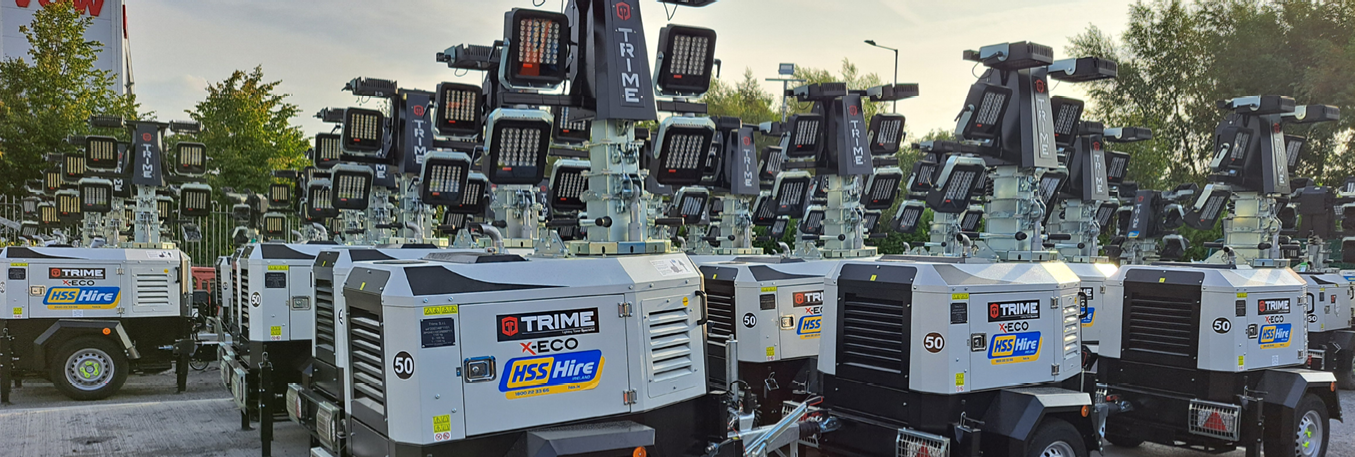
Don’t let darkness
stop progress.
Huge Range
of Lighting
Equipment
Survey Equipment Specialists

Popular Tool Hire Categories
Popular Products
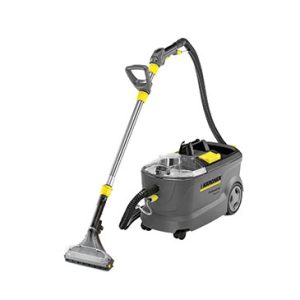
Carpet Cleaner
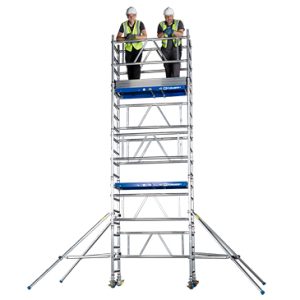
MiTower Plus
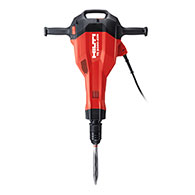
TE2000 Medium Duty Breaker

Petrol Pressure Washer and Bowser
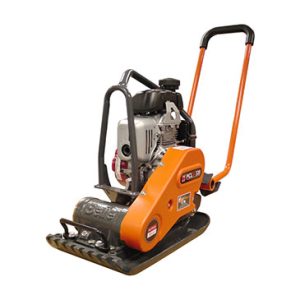
Light Vibrating Wacker Plate – Flat Base
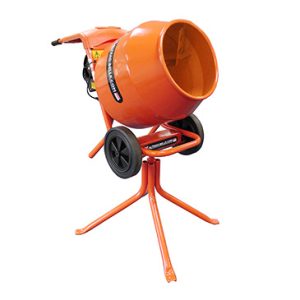
Concrete Mixer Tip-Up Electric – 110V

Professional Wallpaper Stripper

20 Ltr Dehumidifier/Building Dryer
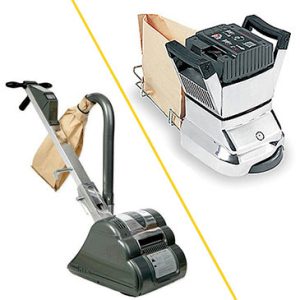
Floor and Edge Sander Hire Pack
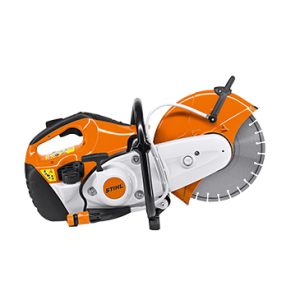
300mm Petrol Cut Off Saw
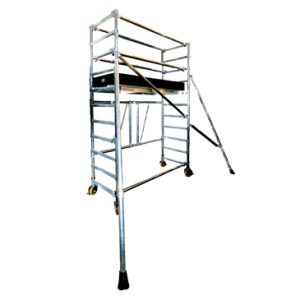
Folding Indoor Scaffold
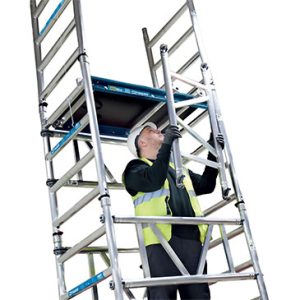
MiTower 4m Platform

MiTower Plus
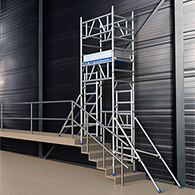
MiTower Stairs Hire Pack
View Our Catalogue
Top Brands












Your recently viewed items
You haven't viewed at any of the products yet.
